-
08-26-2022
Repercussions of the labor reform on nursing work in the context of the covid-19 pandemic
Revista Brasileira de Enfermagem. 2022;75:e20220058
Abstract
Repercussions of the labor reform on nursing work in the context of the covid-19 pandemic
Revista Brasileira de Enfermagem. 2022;75:e20220058
DOI 10.1590/0034-7167-2022-0058
Views0See moreABSTRACT
Objective:
To reflect on the repercussions of the Labor Reform on nursing work during the COVID-19 pandemic.
Methods:
This is a reflective study based on the legal aspects of the Labor Reform in dialog with scientific productions pertaining to nursing work.
Results:
With the rise of the COVID-19 pandemic, the flexibilization of labor is being intensified, legally backed up by the Labor Reform. For nursing workers, the repercussions are felt in the work relationship, during the workday, in the salary, in union action, and in job protection.
Final considerations:
It is evident that, after the legislative changes, there’s no certainty that the flexibilization of labor and social security laws will bring favorable results in terms of economic growth, reduction of inequalities, and lower unemployment rates for the nursing workers. Therefore, the political organization of the professional categories is the way to overcome this scenario.
-
REVIEW08-26-2022
Health literacy of adolescents in the COVID-19 pandemic: an integrative review
Revista Brasileira de Enfermagem. 2022;75:e20210956
Abstract
REVIEWHealth literacy of adolescents in the COVID-19 pandemic: an integrative review
Revista Brasileira de Enfermagem. 2022;75:e20210956
DOI 10.1590/0034-7167-2021-0956
Views0See moreABSTRACT
Objective:
to analyze the scientific production on health literacy (HL) of adolescents during the COVID-19 pandemic.
Method:
an integrative review, in the MEDLINE, LILACS, CINAHL and Web of Science databases, between March 2020 and August 2021. Original articles in English, Spanish and Portuguese were included.
Results:
of the 65 studies found in the search, eight were included for analysis, with no publication in Brazil, with five publications in 2021, predominantly in English (n=7) and all classified with level of evidence VI. Of the instruments used, eHealth literacy was the most applied instrument (n=2). Television, family and the internet were identified as the main sources of health information during the pandemic.
Final considerations:
the literature has indicated that HL can interfere with adolescents’ decision making and that a low HL can lead to decisions and physical and mental exposure actions of adolescents.
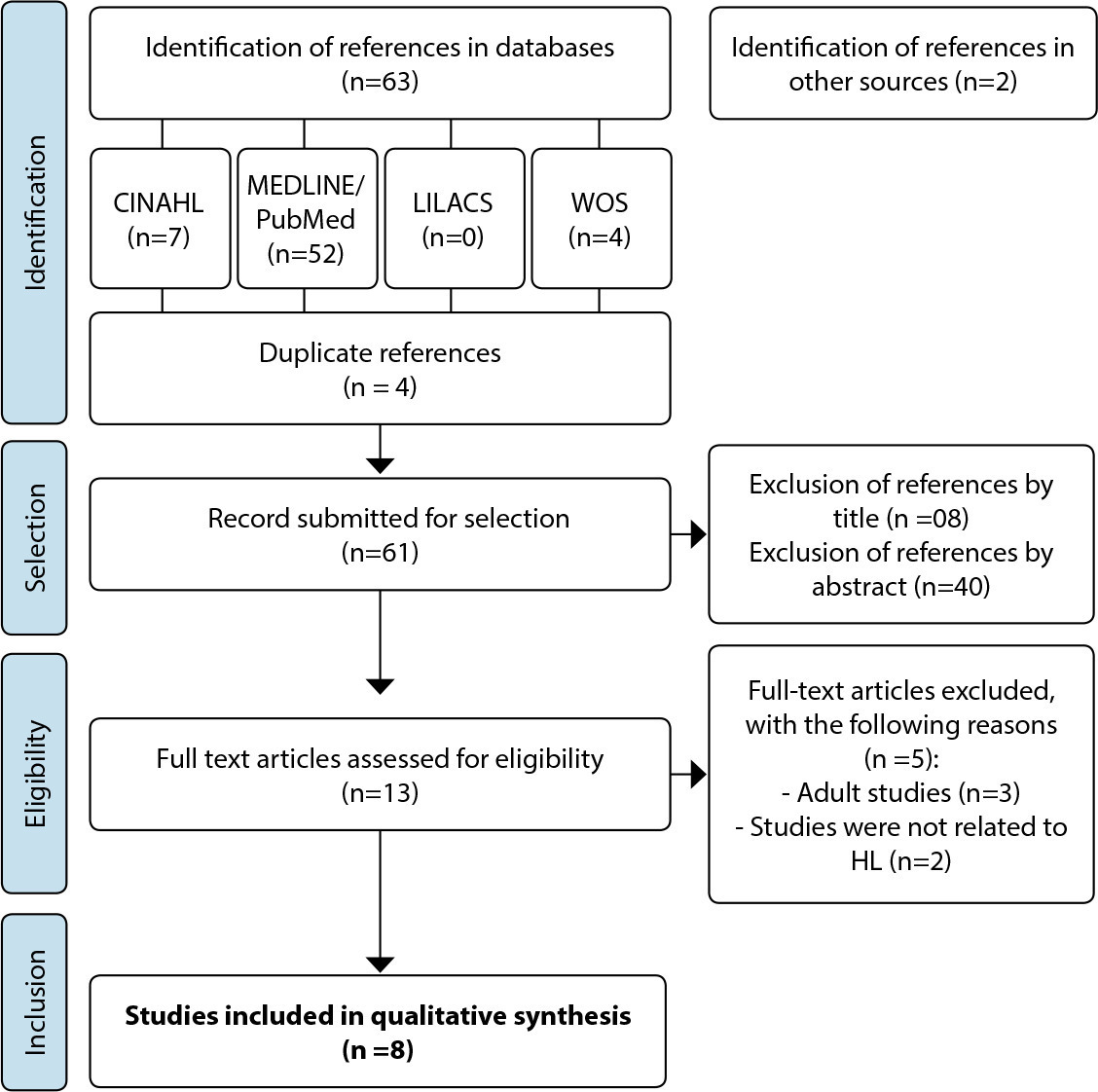
-
ORIGINAL ARTICLE08-26-2022
Sickness absenteeism of Primary Health Care professionals before and during the COVID-19 pandemic
Revista Brasileira de Enfermagem. 2022;75:e20220028
Abstract
ORIGINAL ARTICLESickness absenteeism of Primary Health Care professionals before and during the COVID-19 pandemic
Revista Brasileira de Enfermagem. 2022;75:e20220028
DOI 10.1590/0034-7167-2022-0028
Views0See moreABSTRACT
Objective:
to identify the frequency of occurrence of sickness absenteeism, according to the profile of Primary Health Care (PHC) professionals, and verify if there was an impact of the pandemic on absence duration and reason.
Methods:
a cross-sectional study, from January/2019 to December/2020, with PHC professionals from a municipality in northeastern São Paulo. Descriptive statistics were performed, with frequency calculation.
Results:
of the 977 PHC professionals, 633 (64.79%) used a medical certificate to justify their absence from work in 2019, and 837 (85.67%) in 2020. The main reason for leave was diseases of the musculoskeletal system and connective tissue in the two years. The mean duration of leave was 7.33 days (SD=17.33) in 2019 and 9.88 days (SD=16.05) in 2020. Nursing assistants were the ones who took the most leave in both years.
Conclusions:
there was an impact of the pandemic on absence duration and reason.
-
ORIGINAL ARTICLE08-22-2022
Nursing staff’s instrument for change-of-shift reporting – SBAR (Situation-Background-Assessment-Recommendation): validation and application
Revista Brasileira de Enfermagem. 2022;75(6):e20210608
Abstract
ORIGINAL ARTICLENursing staff’s instrument for change-of-shift reporting – SBAR (Situation-Background-Assessment-Recommendation): validation and application
Revista Brasileira de Enfermagem. 2022;75(6):e20210608
DOI 10.1590/0034-7167-2021-0608
Views0See moreABSTRACT
Objectives:
to validate and apply a change-of-shift instrument using the SBAR (Situation-Background-Assessment-Recommendation) tool.
Methods:
methodological study for the validation of an instrument. It was validated by ten judges from the area of nursing teaching and care and applied in a surgical gastroenterology ward by 11 nursing technicians in February 2019. The analyses considered descriptive statistics.
Results:
the judges analyzed the instrument with a content validity index of 91.7% and made suggestions, which led to the second version of the instrument. The participants reported that the predominant modality of shift handover is oral, in the nursing room, lasting six to ten minutes. Most pay attention during shift change, mention that delays and early departures interfere in the activity and believe that the instrument provides the necessary information and is viable.
Conclusions:
the instrument built was validated, and its application proved relevant, as it was considered necessary and feasible.
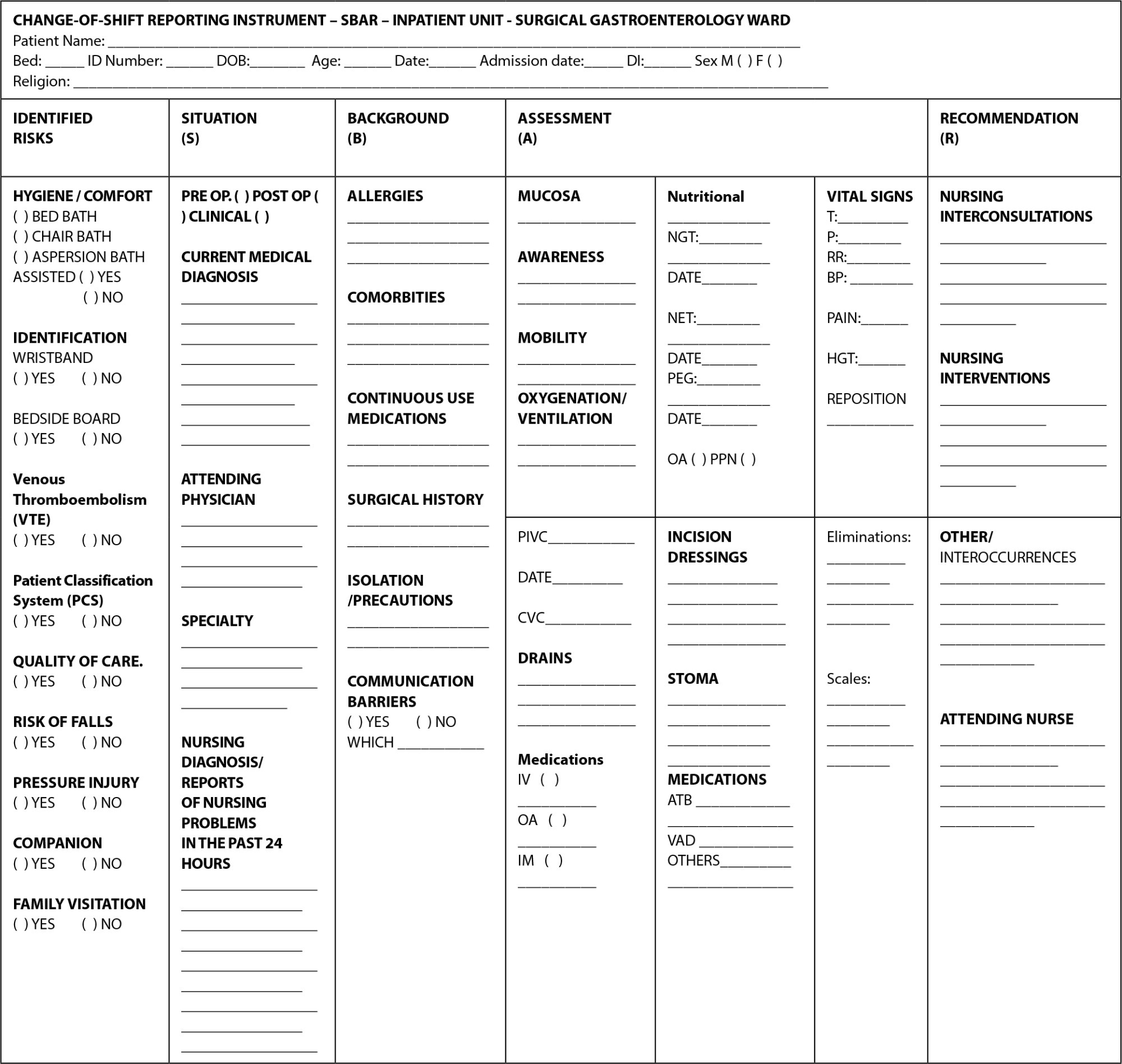
-
ORIGINAL ARTICLE08-22-2022
Women who live in mining on the French-Brazilian border: daily challenges
Revista Brasileira de Enfermagem. 2022;75(6):e20210688
Abstract
ORIGINAL ARTICLEWomen who live in mining on the French-Brazilian border: daily challenges
Revista Brasileira de Enfermagem. 2022;75(6):e20210688
DOI 10.1590/0034-7167-2021-0688
Views0See moreABSTRACT
Objectives:
to describe the daily life of Brazilian women who work in mining.
Methods:
a descriptive, qualitative study, with analysis based on the theory of Symbolic Interactionism. Non-participant observations, field diary writing, sociodemographic form, non-directive interviews, recorded and transcribed in full, were carried out with 19 women who work in mining areas on the French-Brazilian Amazon border.
Results:
two categories emerged: Life trajectories: women’s work in mining; Woman, mother and prospector: the multiple facets of gender inequality on the Amazon border.
Final Considerations:
assessing the daily experiences of women in the Amazonian mines allowed identifying their health needs, evidencing the need to direct and implement public and social policies and health practices for comprehensive care of these women’s health.
-
ORIGINAL ARTICLE08-22-2022
Knowledge scale of Nursing students about sexuality of people with spinal cord injury
Revista Brasileira de Enfermagem. 2022;75(6):e20210288
Abstract
ORIGINAL ARTICLEKnowledge scale of Nursing students about sexuality of people with spinal cord injury
Revista Brasileira de Enfermagem. 2022;75(6):e20210288
DOI 10.1590/0034-7167-2021-0288
Views0See moreABSTRACT
Objectives:
to build, validate and verify the reliability of the Scale of knowledge about sexuality of people with spinal cord injury for nursing students.
Methods:
a methodological study, following the steps: 1) Construction based on literature review; 2) Validation of the content with calculation of the Content Validity Index and the Modified Kappa Coefficient; 3) Pre-test with Nursing students; and 4) Measurement of reliability by internal consistency (Cronbach’s alpha).
Results:
the first version of the instrument presented 13 items. After validation, the items received values above 0.80 and 0.76 for the Content Validity Index and Modified Kappa Coefficient, and it was suggested to separate three items to contemplate gender-specific aspects. After pre-testing, it was recommended that the writing of two items be revised. The final scale, with 16 items, showed Cronbach’s alpha equal to 0.93.
Conclusions:
the constructed scale presented valid content and proved to be reliable for application with nursing students.
-
ORIGINAL ARTICLE08-22-2022
Temporal trend of accidents due to percutaneous exposure in a public hospital in Brazil, 2007-2019
Revista Brasileira de Enfermagem. 2022;75(6):e20220046
Abstract
ORIGINAL ARTICLETemporal trend of accidents due to percutaneous exposure in a public hospital in Brazil, 2007-2019
Revista Brasileira de Enfermagem. 2022;75(6):e20220046
DOI 10.1590/0034-7167-2022-0046
Views0See moreABSTRACT
Objectives:
to analyze the temporal trend of accidents due to percutaneous exposure in a public hospital in Brazil, between 2007 and 2019, according to sociodemographic and professional characteristics.
Methods:
analysis of time series of accidents due to percutaneous exposure that occurred in health workers. Sociodemographic and professional variables, accident profile, post-accident behavior and accident incidence rates were evaluated. The Prais Winsten regression was used for trend analysis and calculation of the annual percentage change, with a significance level of 5%.
Results:
761 occupational accidents were recorded. There was a downward trend in the rate of percutaneous injuries among female workers (-0.012%; p=0.009), who had secondary education (-0.011%; p=0.035) and among all health professional categories (-0.010%; p =0.019). There was an increasing trend (0.018%; p= 0.050) among workers with ≥ 61 months of professional experience.
Conclusions:
the analysis showed a decreasing incidence of percutaneous accidents, which can be explained by multiple factors.
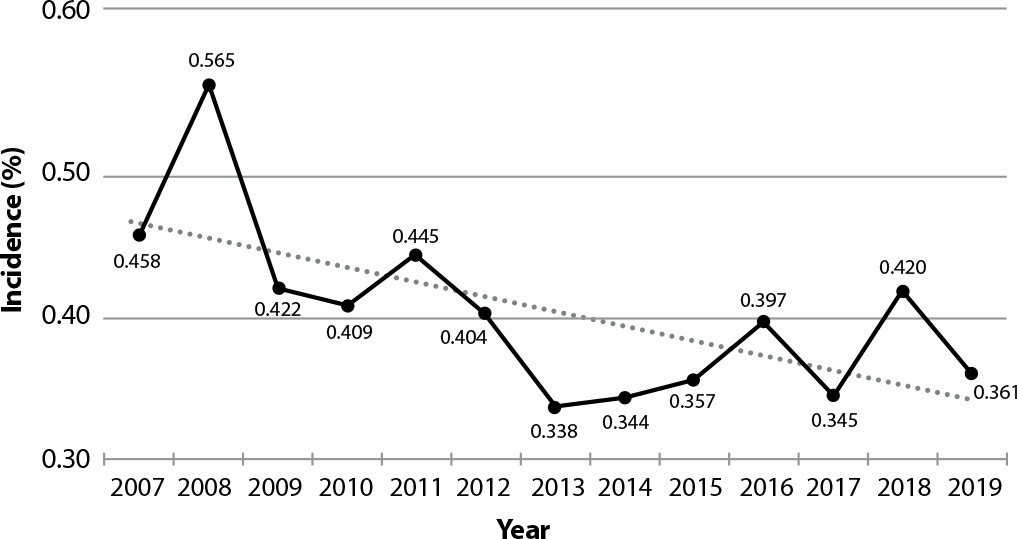
-
ORIGINAL ARTICLE08-20-2022
Religious/spiritual experiences, quality of life and satisfaction with life of hospitalized octogenarians
Revista Brasileira de Enfermagem. 2022;75(1):e20201099
Abstract
ORIGINAL ARTICLEReligious/spiritual experiences, quality of life and satisfaction with life of hospitalized octogenarians
Revista Brasileira de Enfermagem. 2022;75(1):e20201099
DOI 10.1590/0034-7167-2020-1099
Views0See moreABSTRACT
Objectives:
to assess quality of life (QoL) and satisfaction with life (SWL) indices and verify whether the frequency of religious and spiritual experiences is associated with QoL and SWL in hospitalized octogenarians.
Method:
this is a cross-sectional study, with 128 octogenarians. World Health Organization QoL instruments and Scales applied: Daily Spiritual Experience (DSES) and Satisfaction With Life (SWLS).
Results:
more committed domains related to QoL and SWL: autonomy and physical capacity. The higher the score in DSES, the higher the scores in the psychological domains and past, present, and future QoL activities. The higher the score in DSES, the higher the score in the social involvement aspect.
Conclusion:
the results of this study showed that the higher frequency of religious and spiritual experiences of hospitalized elderly people was associated with better QoL and SWL. It is emphasized that religious and spiritual experiences should be explored in the hospital therapeutic context.
-
ORIGINAL ARTICLE08-19-2019
Mobile application for the teaching of the International Classification for Nursing Practice
Revista Brasileira de Enfermagem. 2019;72(4):1020-1027
Abstract
ORIGINAL ARTICLEMobile application for the teaching of the International Classification for Nursing Practice
Revista Brasileira de Enfermagem. 2019;72(4):1020-1027
DOI 10.1590/0034-7167-2018-0751
Views0See moreABSTRACT
Objective:
Developing a mobile application for the teaching of the International Classification for Nursing Practice.
Methods:
Methodological applied research for technological production, performed in three phases of the contextualized instructional design model: analysis, design and development.
Results:
The application has an initial screen, which provides information about the team and its purpose. Then, four moblets are listed, including presentation, user’s guide consisting of five modules, educational games and five clinical cases. The references on which the application was based are also presented.
Final considerations:
It was possible to develop an application with the potential to promote the knowledge of nursing students and professionals about this classification system.
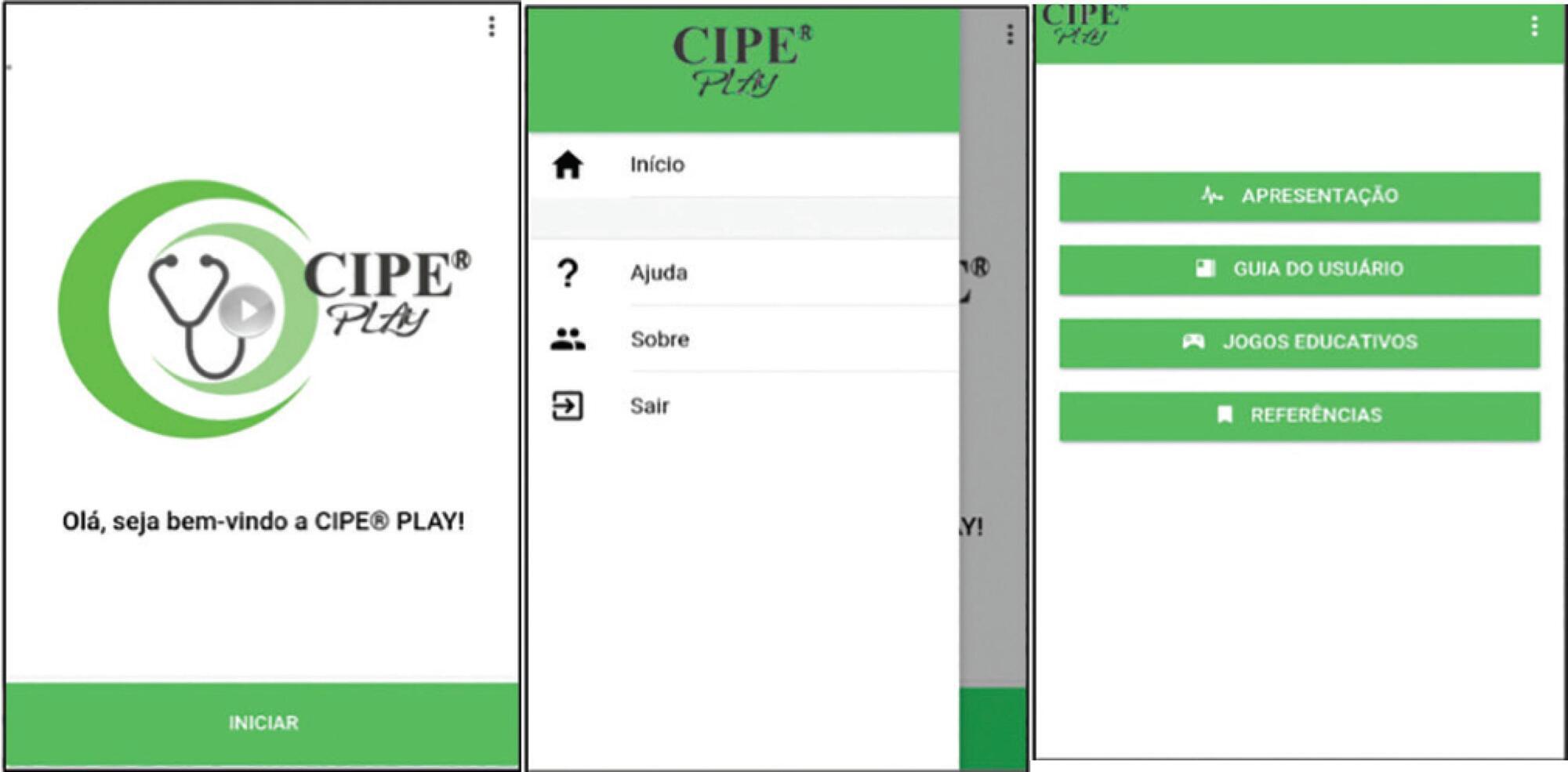
-
ORIGINAL ARTICLE08-14-2020
Education to prevent ventilator-associated pneumonia in intensive care unit
Revista Brasileira de Enfermagem. 2020;73(6):e20190477
Abstract
ORIGINAL ARTICLEEducation to prevent ventilator-associated pneumonia in intensive care unit
Revista Brasileira de Enfermagem. 2020;73(6):e20190477
DOI 10.1590/0034-7167-2019-0477
Views0INTRODUCTIONVentilator-Associated Pneumonia (VAP) is one of the complications related to the care of patients hospitalized in the Intensive Care Unit (ICU), which, according to consulted authors, exceeds the mortality rates of other Healthcare Related Infections (HRI). VAP is the second most frequent infection in patients admitted to the ICU, as well as the most prevalent […]See more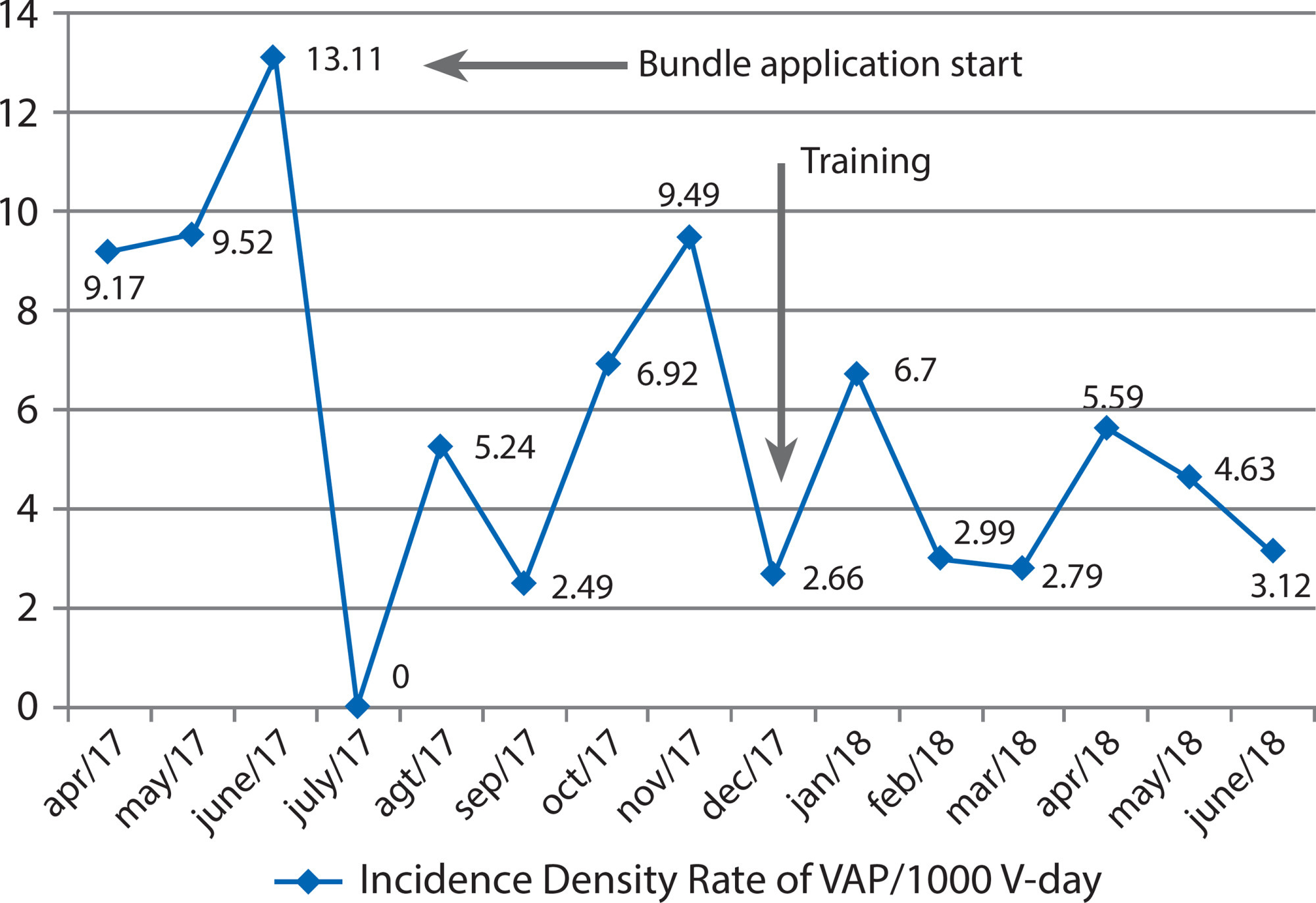
-
08-19-2019
Degree in Nursing: education through problem-based learning
Revista Brasileira de Enfermagem. 2019;72(4):1071-1077
Abstract
Degree in Nursing: education through problem-based learning
Revista Brasileira de Enfermagem. 2019;72(4):1071-1077
DOI 10.1590/0034-7167-2018-0298
Views0See moreABSTRACT
Objective:
To describe how undergraduate courses in Nursing are using the problem-based learning (PBL).
Method:
Integrative literature review, from searches in the databases Education Resources Information Center (ERIC), Latin American and Caribbean Health Sciences Literature (Lilacs), and PubMed, from 2010 to 2015. 36 articles were analyzed.
Results:
A teaching method used in all continents, the PBL enables improvement of the critical thinking, autonomy, motivation for learning, active search attitude, ability to work in teams, and problem-solving. Difficulties and challenges relate to the training of students and teachers to understand the principles of the method.
Final considerations:
The benefits of PBL coincide with the needs of nursing training, but its applicability demands constant review in seeking to develop the skills necessary for this training.
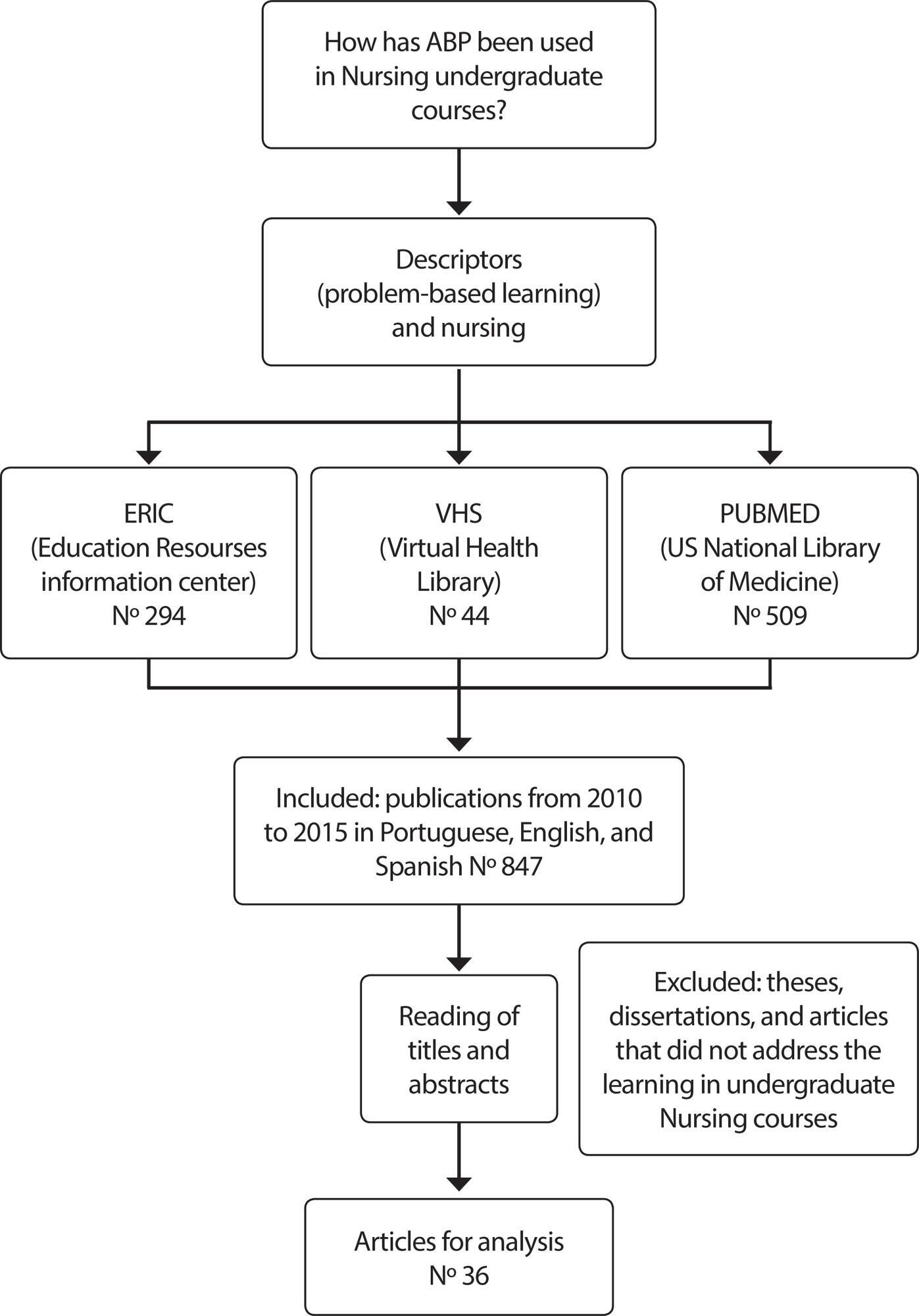
-
ORIGINAL ARTICLE12-13-2019
Mobile health technology for gestational care: evaluation of the GestAção’s app
Revista Brasileira de Enfermagem. 2019;72:266-273
Abstract
ORIGINAL ARTICLEMobile health technology for gestational care: evaluation of the GestAção’s app
Revista Brasileira de Enfermagem. 2019;72:266-273
DOI 10.1590/0034-7167-2018-0641
Views0See moreABSTRACT
Objective:
to evaluate the GestAção application, based on the experience of pregnant women use.
Method:
an evaluative, applied, methodological, quantitative-qualitative study. This tool was evaluated by 13 pregnant women through questionnaires for sociodemographic profile characterization and Likert scale use to calculate Content Validity Index (CVI); and semi-structured interview, with analysis based on Semiotics.
Results:
the study evidenced a significant level of satisfaction of pregnant women with the application use, considering the objectives (CVI = 0.92), structure and presentation (CVI = 0.86), and relevance (CVI = 0.92).
Final considerations:
the GestAção application obtained an overall CVI of 0.90, evidencing it as a facilitating and supporting technology in the empowerment of pregnant women interested in obtaining knowledge about pregnancy. It has been proved to be a powerful tool to qualify good practices in nursing consultation.
-
REFLECTION06-29-2020
Children’s (in)visibility in social vulnerability and the impact of the novel coronavirus (COVID-19)
Revista Brasileira de Enfermagem. 2020;73:e20200302
Abstract
REFLECTIONChildren’s (in)visibility in social vulnerability and the impact of the novel coronavirus (COVID-19)
Revista Brasileira de Enfermagem. 2020;73:e20200302
DOI 10.1590/0034-7167-2020-0302
Views0See moreABSTRACT
Objective:
To examine the impact of the infection by the novel coronavirus on Brazilian children in situation of social vulnerability based on the Millennium Sustainable Development Goals.
Method:
Reflective study based on discursive formulation in three aspects: principles of the objectives and goals for the millennium sustainable development; impact of the pandemic on the health of children and their families living in social vulnerability; and the role of pediatric nursing in the care provided – limits and challenges.
Results:
In January 2020, the news of COVID 19 is released as a pandemic. In Brazil, children and families are still without access to basic rights, thereby increasing their risks of social vulnerability because of the quarantine. The nursing field has an important role in monitoring children and their families, offering guidance in search for solutions and preventing contamination.
Conclusion:
There are still challenges to be overcome by the children and their families in situations of vulnerability against COVID-19.
-
ORIGINAL ARTICLE07-10-2020
Profile of nursing students: quality of life, sleep and eating habits
Revista Brasileira de Enfermagem. 2020;73:e20190365
Abstract
ORIGINAL ARTICLEProfile of nursing students: quality of life, sleep and eating habits
Revista Brasileira de Enfermagem. 2020;73:e20190365
DOI 10.1590/0034-7167-2019-0365
Views0See moreABSTRACT
Objective:
to profile and analyze sleep quality, quality of life and eating habits of nursing students.
Methods:
a cross-sectional, comparative and correlational study with the following variables: sociodemographic characteristics, Pittsburgh sleep quality index, quality of life and eating habits. One hundred ninety-five students participated in the study.
Results:
participants were on average 24 years old. Results showed that females were prevalent (87.1%); 71.0% of the students had poor sleep quality; 98.9% used electronic devices before bedtime. Self-perception of quality of life was indifferent (38.3%), and self-perception of general health, 36.9% expressed satisfaction. Among the participants, 45.13% consumed one portion of fruit and 40.66% two to three portions of vegetables daily.
Conclusion:
the study allowed the profile of these students, sedentary, overweight and poor sleep quality young students who studied and worked.
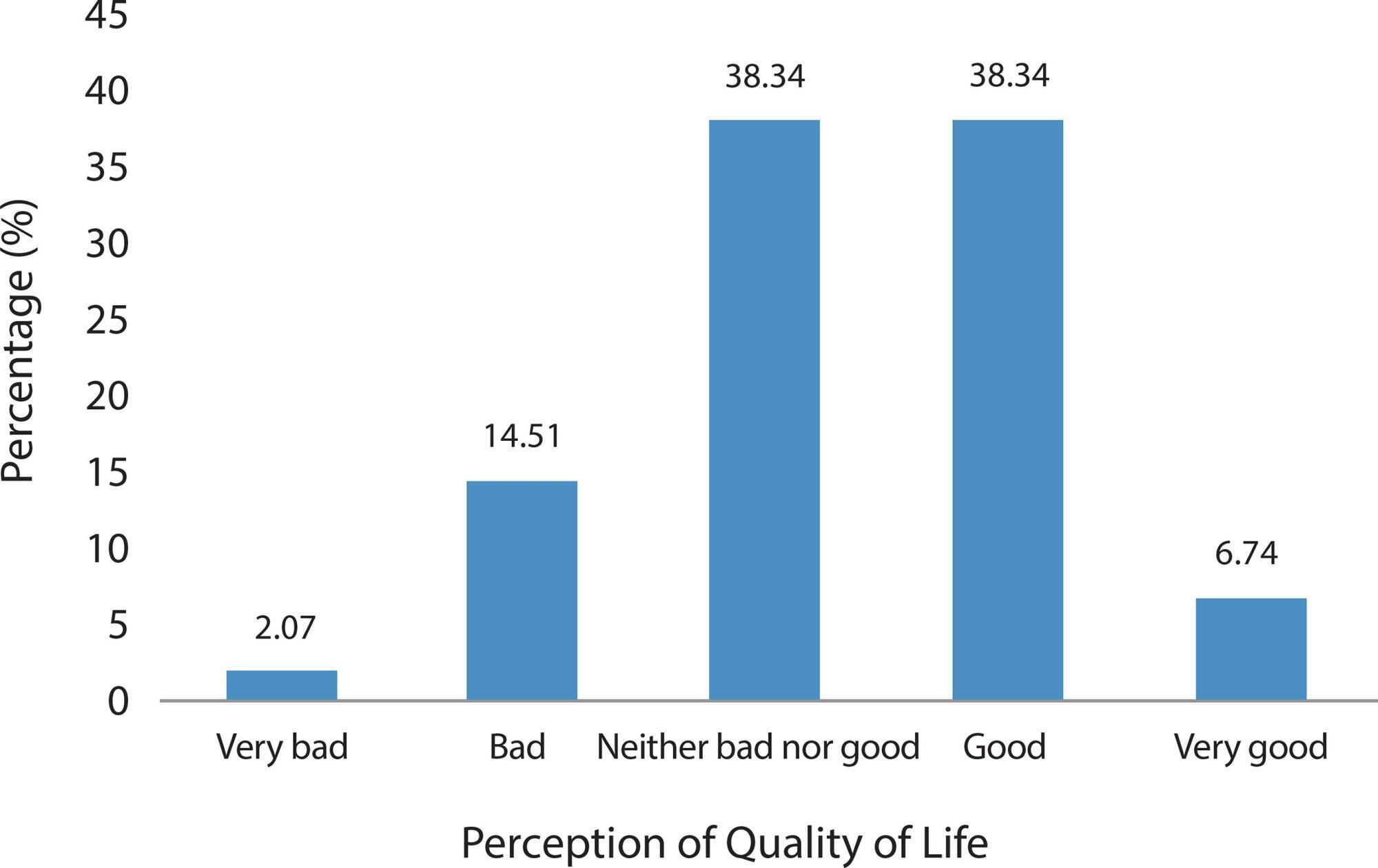
-
ORIGINAL ARTICLE06-09-2020
Stress of nursing professionals working in pre-hospital care
Revista Brasileira de Enfermagem. 2020;73(2):e20180660
Abstract
ORIGINAL ARTICLEStress of nursing professionals working in pre-hospital care
Revista Brasileira de Enfermagem. 2020;73(2):e20180660
DOI 10.1590/0034-7167-2018-0660
Views0See moreABSTRACT
Objectives:
To analyze the factors related to the occupational stress of a Mobile Emergency Care Service (Samu) nursing team.
Methods:
This is a descriptive study, with a quantitative approach, performed with nursing professionals from Samu service of a city of Pernambuco. A sociodemographic questionnaire and the Lipp’s Stress Symptom Inventory were used.
Results:
The participants presenting stress (24.6%) were classified in the phases: resistance (19.7%), exhaustion (4.4%) and near exhaustion (0.5%). It was also observed an association of stress level with the following factors: gender, sleep quality, professional autonomy restriction, emotional exhaustion with work performed and work in inadequate or unhealthy physical facilities.
Conclusions:
Although showing low occurrence of stress, this study pointed out the profile that presents the highest risk of developing occupational stress, through the factors significantly associated with stress in the studied population.
-
ORIGINAL ARTICLE07-10-2020
Nursing appeals on social media in times of coronavirus
Revista Brasileira de Enfermagem. 2020;73:e20200225
Abstract
ORIGINAL ARTICLENursing appeals on social media in times of coronavirus
Revista Brasileira de Enfermagem. 2020;73:e20200225
DOI 10.1590/0034-7167-2020-0225
Views0See moreABSTRACT
Objective:
to know and analyze the nursing appeals on social media during the COVID-19 pandemic.
Method:
it is a documentary, qualitative, descriptive, and exploratory research with data collected in publications in two social media. Two hundred ninety-five publications of nursing professionals published on Twitter and Instagram between March 11 and 20, 2020 were submitted to content analysis using ATLAS.ti resources.
Results:
four thematic categories emerged: #stayathome, #whereismyPPE, #nowweareheroes, #nothingnewinthefrontline, according to frequency of communications. The appeals show a relationship with the social relevance of nursing professional work and with the conditions required for its exercise.
Final considerations:
old and new challenges of the profession were placed on the agenda in social media, especially related to the workforce and instruments of labor. These speeches can serve as a foundation for policies to improve working conditions and promote appreciation of the profession.

Search
Search in:
Nuvem de Tags
Enfermagem (930)Cuidados de Enfermagem (269)Atenção Primária à Saúde (239)Idoso (208)Educação em Enfermagem (151)Segurança do Paciente (150)Saúde Mental (145)Educação em Saúde (139)Estudos de Validação (131)Qualidade de Vida (104)Tecnologia Educacional (100)Promoção da Saúde (99)COVID-19 (91)Criança (91)Família (87)Enfermagem Pediátrica (86)Saúde do Trabalhador (86)Adolescente (85)Saúde Pública (82)Estudantes de Enfermagem (77)



